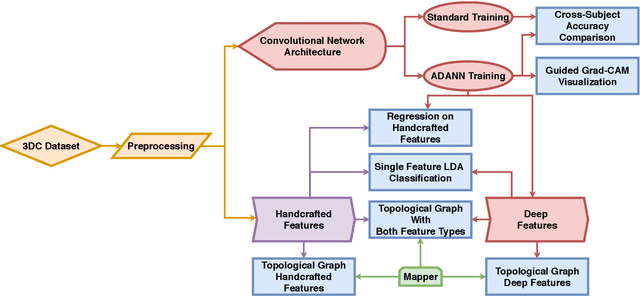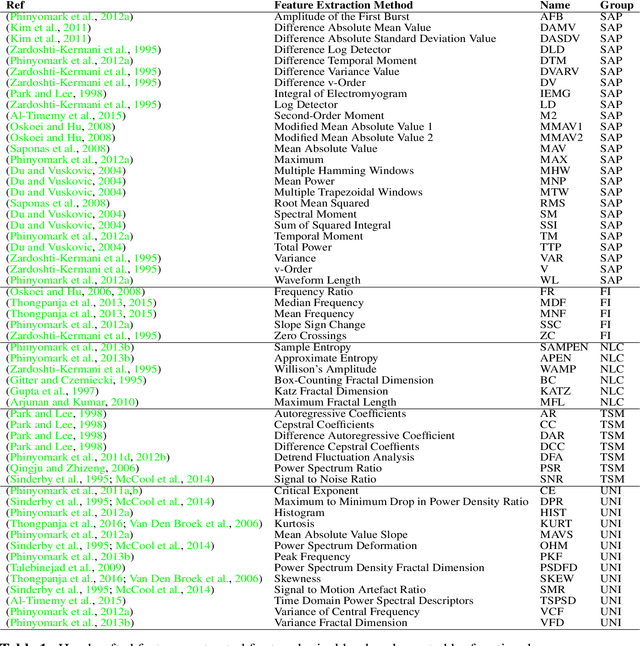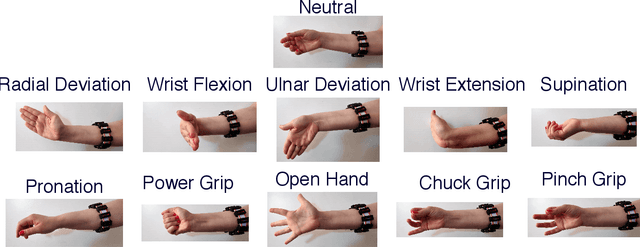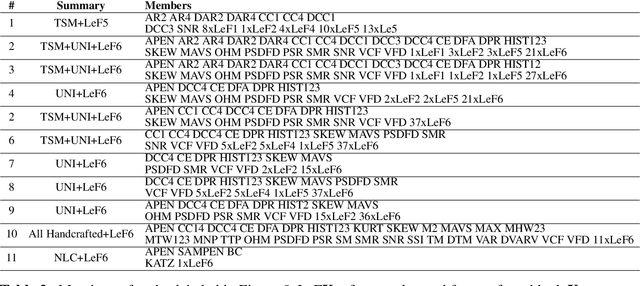Interpreting Deep Learning Features for Myoelectric Control: A Comparison with Handcrafted Features
Paper and Code
Nov 30, 2019



The research in myoelectric control systems primarily focuses on extracting discriminative representations from the electromyographic (EMG) signal by designing handcrafted features. Recently, deep learning techniques have been applied to the challenging task of EMG-based gesture recognition. The adoption of these techniques slowly shifts the focus from feature engineering to feature learning. However, the black-box nature of deep learning makes it hard to understand the type of information learned by the network and how it relates to handcrafted features. Additionally, due to the high variability in EMG recordings between participants, deep features tend to generalize poorly across subjects using standard training methods. Consequently, this work introduces a new multi-domain learning algorithm, named ADANN, which significantly enhances (p=0.00004) inter-subject classification accuracy by an average of 19.40\% compared to standard training. Using ADANN-generated features, the main contribution of this work is to provide the first topological data analysis of EMG-based gesture recognition for the characterisation of the information encoded within a deep network, using handcrafted features as landmarks. This analysis reveals that handcrafted features and the learned features (in the earlier layers) both try to discriminate between all gestures, but do not encode the same information to do so. Furthermore, using convolutional network visualization techniques reveal that learned features tend to ignore the most activated channel during gesture contraction, which is in stark contrast with the prevalence of handcrafted features designed to capture amplitude information. Overall, this work paves the way for hybrid feature sets by providing a clear guideline of complementary information encoded within learned and handcrafted features.
 Add to Chrome
Add to Chrome Add to Firefox
Add to Firefox Add to Edge
Add to Edge